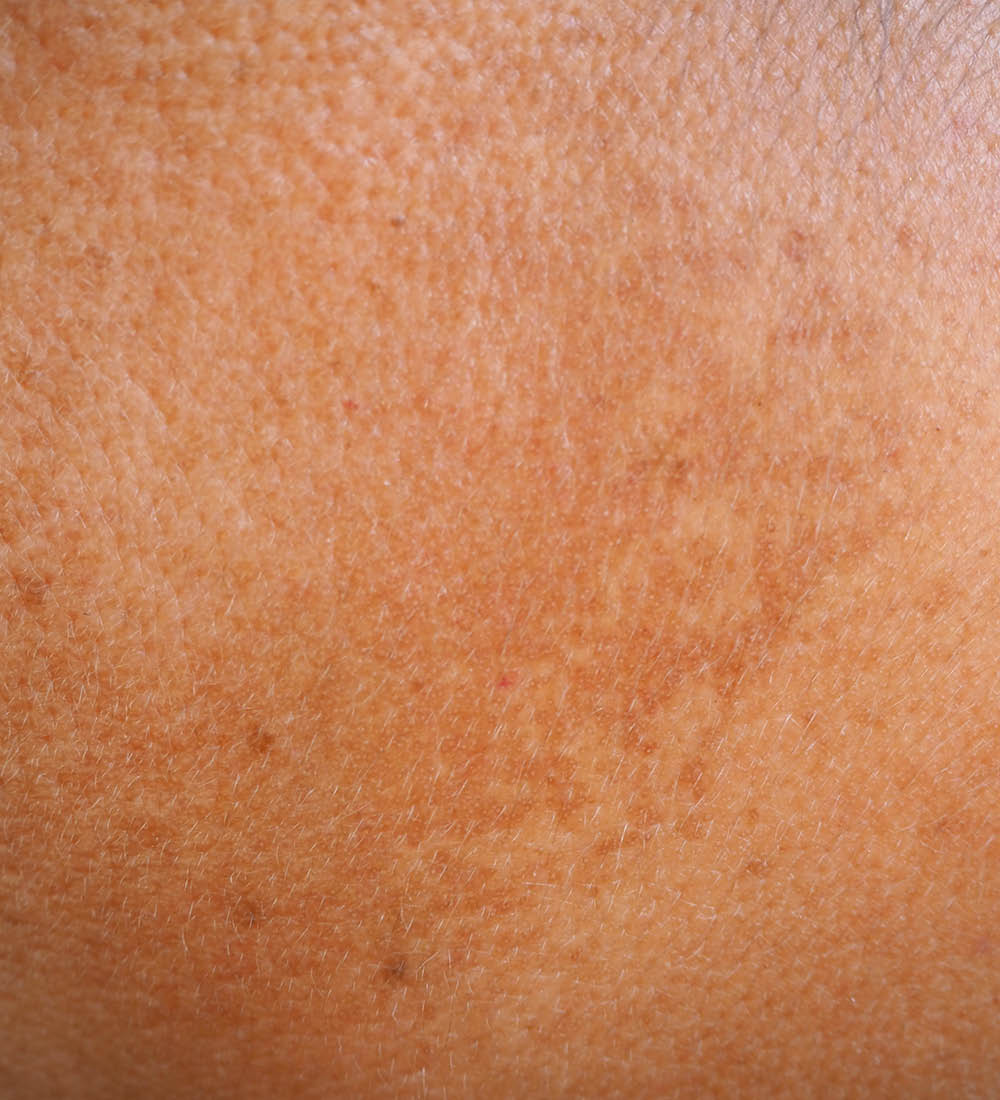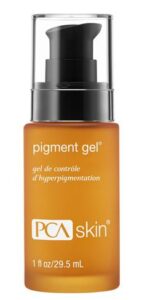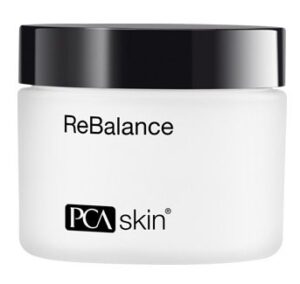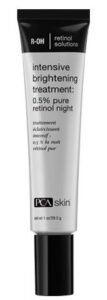

Admit it, we all spend time critiquing ourselves in the mirror at some point. Words like “I should exfoliate more” or “When did I start looking like my mother?” probably cross your mind. How about, “Has that dark spot always been there?!” Don’t panic! That dark spot could easily be called hyperpigmentation (also known as sun-spots/age spots/melasma.) It often causes the skin to look aged, adding years to someone’s appearance, but luckily it’s easy to fix!
What causes hyperpigmentation?
Let me introduce you to Melanin, the natural pigment found in your body. Sometimes Melanin helps give you that often sought after summer glow. However, other times she forms deposits under your skin, appearing as dark spots. We can often thank our friend, the sun, for these deposits, but hormone changes or skin inflammatory responses like eczema and sunburn can also be to blame.
Thankfully, hyperpigmentation is avoidable and treatable. Keep in mind that the closer the pigment lies to the skin’s surface, the darker it appears. Using medical-grade products and getting regular facials/chemical peels will do all of the following:
Step 1. Use ingredients that gently exfoliate, cleanse and repair.
Using a gentle yet powerful cleanser will help exfoliate the dead and damaged skin cells on your skin’s surface. Professional grade skincare products will be your best friend to combat hyperpigmentation. At home skin care that includes treatments and serums will help your skin shed dead or damaged skin cells, while repairing and strengthening the layers below the surface.
Step 2. Seek professional rejuvenating treatments.
Chemical peels and other professional treatments help encourage cellular turnover at an advanced rate. Your esthetician can recommend the best treatment for you with result-driven ingredients such as retinol, vitamin C derivative, and Glutathione. Clients who start with a chemical peel see results within a week of their first treatments. A fresh new layer of skin that is brighter, tighter and rejuvenated. Another bonus.. after a chemical peel, products such as serums and spot treatments are better absorbed into the skin!
Step 3. Prevent Hyperpigmentation.
Avoid skin trauma such as cuts, burns, acne, inflammation, and sun exposure. Skin trauma includes picking at your skin! Scratching or picking at your skin will only increase the inflammation that’s responsible for skin discoloration. Last but certainly not least, use SPF 30+ daily to prevent UV ray damage. Using sun protection is easily the most important step in preventing and treating hyperpigmentation.
The Best Ingredients for Hyperpigmentation
We won’t bore you with the nitty-gritty details of why these ingredients are necessary(yet). Just know that they do the heavy lifting to exfoliate damaged skin, generate new cell growth, smooth the skin, AND prevent the darkening of the skin’s pigmentation. Make sure these powerful ingredients are included in your daily skincare regimen. We love PCA and Le Mieux products because of the way they integrate powerful ingredients in their skin care products. Retinoids (Retinol), Vitamin C, Lactic acid, I-ascorbic acid, Kojic Acid, Arbutin, Hydroquinone, Licorice root, Azelaic acid, Niacinamide, and Resveratrol.
WHAT DOES A HYPERPIGMENTATION SKIN CARE ROUTINE LOOK LIKE?
MORNING:
Cleanse with a small amount of Facial Wash (OR Facial Wash Oily Problem if you also have oily skin)
Treat with Pigment Gel
Hydrate and Protect with PCA SKIN broad spectrum SPF
NIGHT:
Cleanse with a small amount of Facial Wash (OR Facial Wash Oily Problem if you also have oily skin)
Treat your spots with Pigment Gel HQ Free
Correct with a pea-sized amount of Intensive Brightening Treatment: .05% pure retinol night
Soothe and Hydrate with a small amount ReBalance all over.
SHOP PIGMENTATION/ DARK SPOT PRODUCTS






